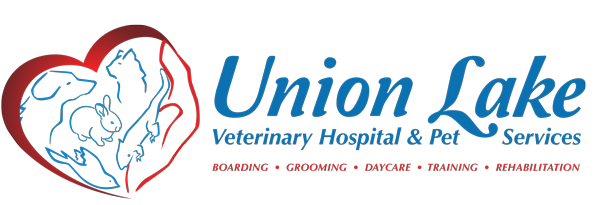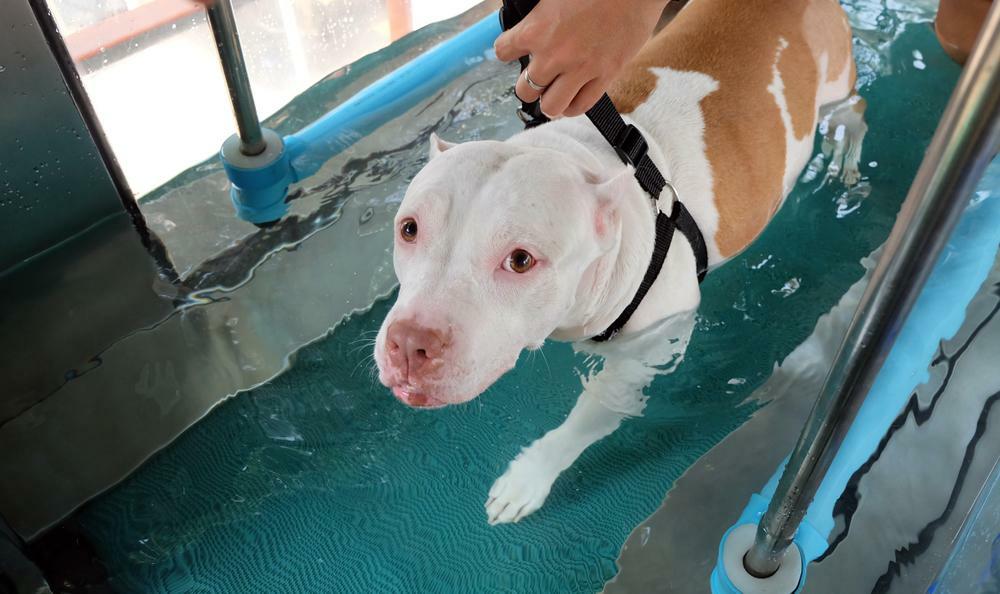Humans are not the only ones who need rehab after an injury, surgery or because of arthritis. Rehabilitation can be good for anyone, our pets included. The idea of animal rehabilitation started with horses and sporting dogs. We soon realized that it can help every dog.
What types of animal rehab is there?
Animal Rehabilitation can be used for many reasons. With proper pain management and effective medication for inflammation, it can help to restore what was once lost. Rehab can also create an overall healthier lifestyle, especially for older and arthritic dogs. Some of the more common reasons for rehab are as follows:
- arthritis
- injuries or surgery
- obesity (which stresses the body and joints)
- sports injuries
- athletic conditioning (help maintain fitness or prevent injury)
What does animal rehab do?
Rehab helps to restore mobility and function to bones, muscles and joints. It also positively affects ligaments, nerves and surrounding tissues in a non-invasive way.
Pain management with medications can be an important part of helping your pet feel better. It has its limits though. Medications alone cannot restore functionality or produce more responsive muscles and joints.
What methods are used in treating animals and how do they help?
At Animal Rehab Center of Michigan (part of the Union Lake Veterinary Hospital pet care complex), we offer these rehab methods:
-
Hydrotherapy: using an underwater treadmill in warm water, the buoyancy of the water alleviates pressure on joints while the gentle resistance helps strengthen muscles. The warm water improves circulation and provides general relief to achy muscles and joints.
-
Electrical Stimulation: a low-level electrical current is delivered through pads that gently adhere to specific muscles on your pet. This helps animals who have trouble putting weight on muscles. Stimulation causes muscles to contract, mimicking weight-bearing activity.
-
Deep Tissue Laser Therapy: This non-invasive approach involves a beam of laser light (light energy) to penetrate tissue without damaging it. Injured cells lack ATP (a chemical that helps cells to repair themselves). Laser Therapy helps stimulate the production of ATP in injured cells, therefore helping the body to heal itself.
-
Shockwave Therapy: Despite the name, there are no electrical properties involved. Shockwave Therapy uses high-energy sound waves (known as shock waves or pulses) to stimulate circulation and the new growth of cells. This non-invasive method penetrates deeper than laser therapy, making fewer treatments necessary.
-
Therapeutic Ultrasound: Like Shockwave Therapy, therapeutic ultrasound uses sound waves to massage muscles and tendons. This softens scar tissue which in turn increases overall flexibility. One difference is that ultrasound waves penetrate the tissue just beneath the skin. Shockwave Therapy goes much deeper.
-
Therapeutic Massage and Exercise: This isn’t just a simple rub on a couple of your pup’s muscles or a run in the park. Animal rehabilitation specialists are trained to know your dog’s anatomy. Depending on the need for therapy, they will know exactly what areas to focus on. Our therapists create a specific plan of specialized massages and exercise for your pet to get them on their way to a healthier, more mobile and less painful life.
-
Weight and Arthritis Management: Dogs that are overweight tend to develop arthritis due to holding up more weight than their joints were built to hold. Animal Rehab can help develop a plan to bring your pup’s weight down and also manage any arthritis he or she may have already developed.
As pet owners, it is our goal to give our animals the healthiest and happiest life we can offer. If your pet is experiencing any stiffness, pain, or lack of mobility, please reach out to us and we will get you set up with one of our professionals at ULVH’s Animal Rehab Center.

